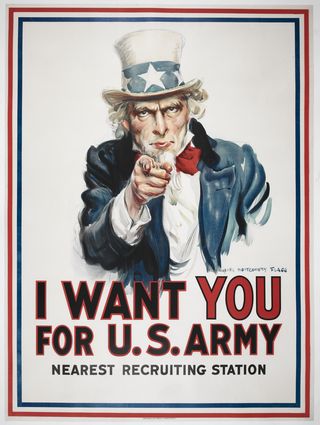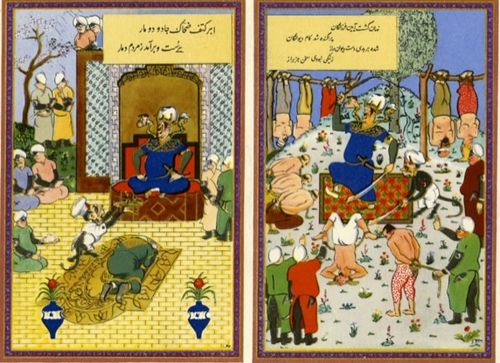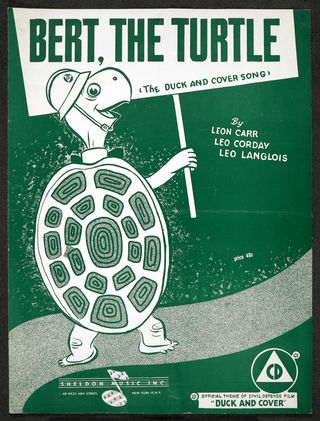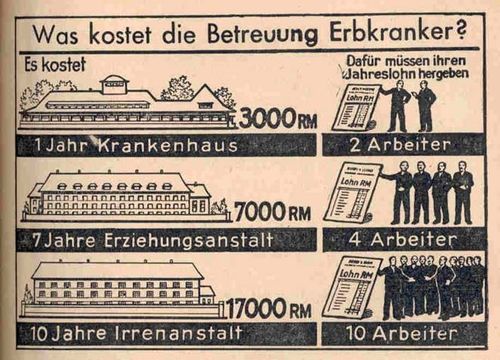Ian Cooke, co-curator of Propaganda: Power and Persuasion provides a round-up of propaganda inspired blogs from other British Library bloggers.
One of the unexpected pleasures of curating an exhibition at
the Library was receiving a limerick from our chief limericist (that’s a word,
isn’t it?) Hedley Sutton. It goes like this:
A curator whose surname was Cooke
Said "I hope you will all have a look
At our new exhibition:
I've made it my mission
To cover each cranny and nook."
But of course it wasn’t a mission that I completed alone.
Jude England, Head of Social Sciences and co-curator of Propaganda: Power and
Persuasion, and I relied on the experience and knowledge of a very large number
of people here at the British Library. The exhibition covers many countries and
languages, and a lot of different formats such as bank-notes, postage stamps,
film, sound, posters, leaflets etc. There’s no way we could have done this by
ourselves, and the creativity and enthusiasm of our colleagues here in
responding to the exhibition was one of the nicest things about putting the
exhibition together.
In the exhibition, you’ll see the question, “what’s the most
thought-provoking piece of propaganda that you have seen?” Answers to
#blpropaganda please, and many thanks to the person who answered, ’50 shades of
grey’.
I’ve written about the
item in the exhibition that had the biggest impact on me. Others have
written about items in the exhibition on our other British Library blog pages,
and I wanted to bring them together here.

James Montgomery Flagg (artist), I want you for U.S. army. c.1917. Loan courtesy of Anthony d’Offay, London.
Starting off with the most prominent image from our
exhibition, Uncle Sam has been hard to miss if you’ve visited the Library
recently (or just walked past the Euston Road). Over on our Americas studies blog,
Carole
Holden has written about the origins of this iconic poster, and its artist,
James Montgomery Flagg. It’s also served as a dramatic backdrop for
photographs, such
as this one of Justin Webb.

British World War Two propaganda for use in Iran, drawing on a well-known Persian epic, the Shahnameh (COI Archive PP/13/9L)
The two themes that have been most prominent are the use of
propaganda to create a sense of common identity, and, conversely, the use of
propaganda to define an enemy and demonise others. John O’Brien describes British
plans to discredit the Quit India movement during World War Two. Another
example of British wartime propaganda attempted to use the Persian epic, the
Shahnameh, or ‘Book of Kings’ to present Hitler as a demonic tyrant, defeated
by the heroic warriors Churchill, Stalin and Roosevelt. Nur
Sobers-Khan explains the history and images used in these propaganda postcards
aimed at an Iranian audience.
Germany was also active in its use of propaganda aimed at
states in the Middle East. The tactics used were similar, this time portraying
Britain as the oppressor and Germany on the side of liberation in the region.
Radio broadcasts in Arabic language were used to promote German victories and
encourage dissent against Britain. Writing on our Untold Lives blog,
Louis Allday uncovers evidence of British
reaction to the broadcast of German radio propaganda in Sharjah, on the
Persian Gulf.
One of the most successful examples of propaganda that you’ll
see in the exhibition is the ‘Four Freedoms’ series of posters by Norman
Rockwell. These posters have great emotional power, using domestic and local
scenes to illustrate the rather abstract theme of ‘freedom’. Carole
Holden writes about the development and history of these posters, which are
credited with raising over $130 million dollars in war bonds.

Bert, the Turtle:
‘The Duck and Cover Song’ Leon Carr, Leo Corday & Leo Langlois. 1953 ©
Sheldon Music Inc
Propaganda remained an important tool during the cold war,
and one of our stranger finds dates from this period. Katya
Rogatchevskaia describes anti-Soviet propaganda produced by a Russian
organisation active in West Germany. This includes two template images for
printing propaganda images (complete with instructions on how to make your
printing ink). In the United States, Bert the Turtle was used to instruct
children on how to respond to a nuclear attack. This seemingly-simple figure
has proved to be one of the most complex examples of propaganda – with some
people disputing its description as propaganda. The
story of ‘Duck and Cover’, and some of the subsequent analysis of this
campaign, is recounted by Carole Holden on the Americas studies blog.

'Was Kostet die
Betreuung Erbkranker', from Rechenbuch für Volksschulen. Gaue Westfalen-Nord
u. Süd. Ausgabe B. Heft V – 7. und 8. Schuljahr. (Leipzig, [1941]). British
Library YA.1998.a.8646
In our exhibition you’ll see further examples of propaganda
designed for children, the most disturbing of these being a maths textbook
produced for use in schools in Nazi Germany. One question in the book asks how
much it costs (in terms of a worker’s salary) to care for the ‘hereditarily unfit’.
In ‘Propaganda
in the schoolroom’, Susan Reed explains more about this textbook and other
examples within the Library’s collections.
Revisiting these blog posts reminds me of the breadth of
interests and activities across the Library, and I’m looking forward to seeing
more as the exhibition continues. If this has inspired you to create your own
propaganda, don’t forget our competition for new designers, in collaboration
with Artsthread. Fran
Taylor explains more on our Inspired by … blog. The brief is to come up
with a new design, illustration or short film to encourage people to change
attitudes and behaviour on health. You can get food for thought, or at the very
least a recipe for bhajiyas, from John
O’Brien’s description of booklets from the Government of India’s nutrition
campaign in 1945.